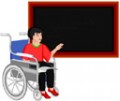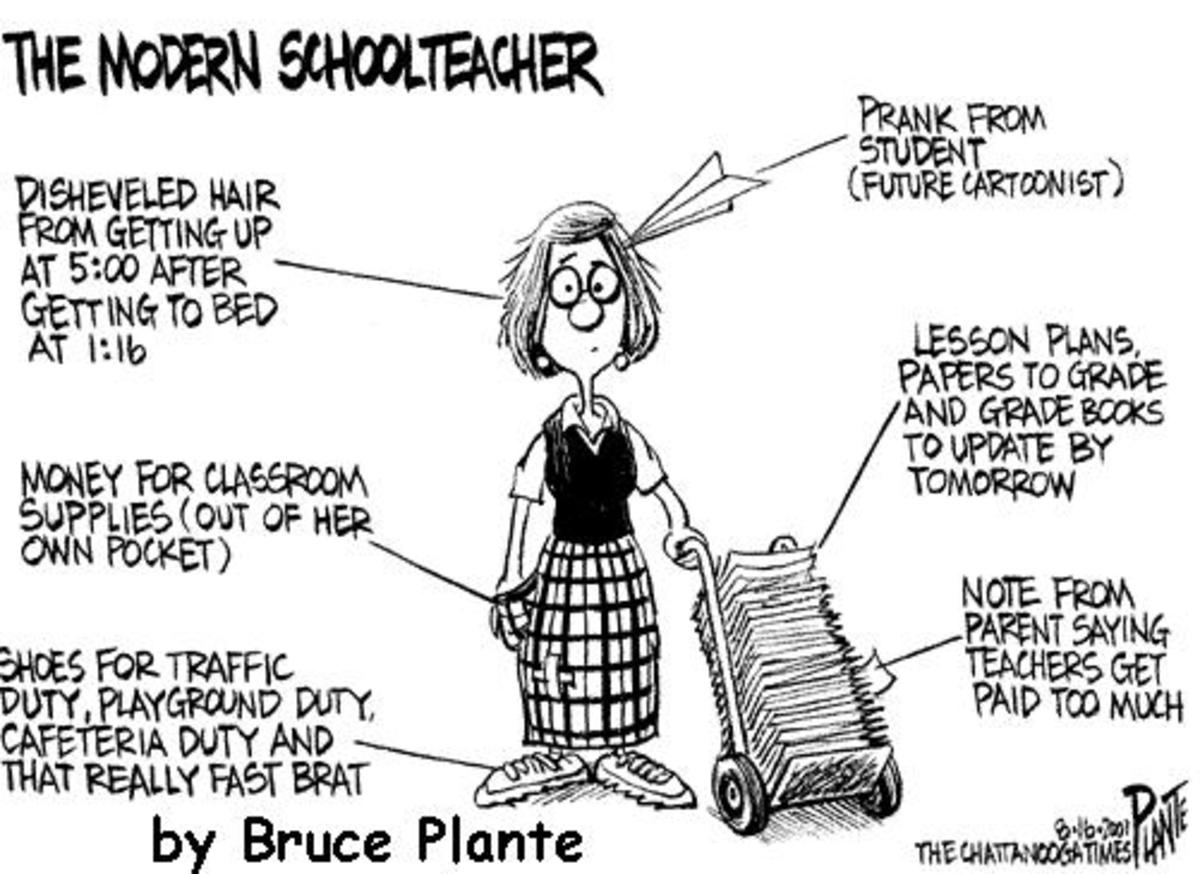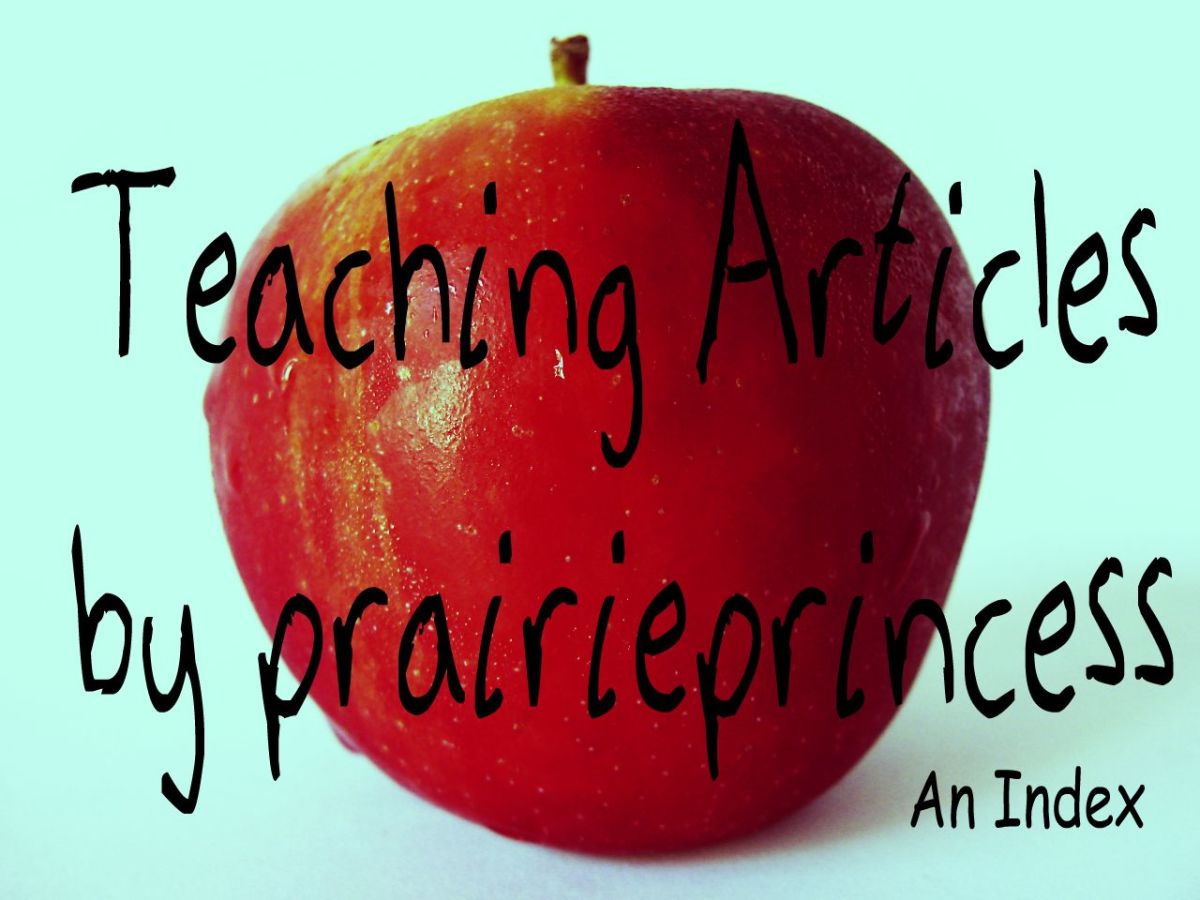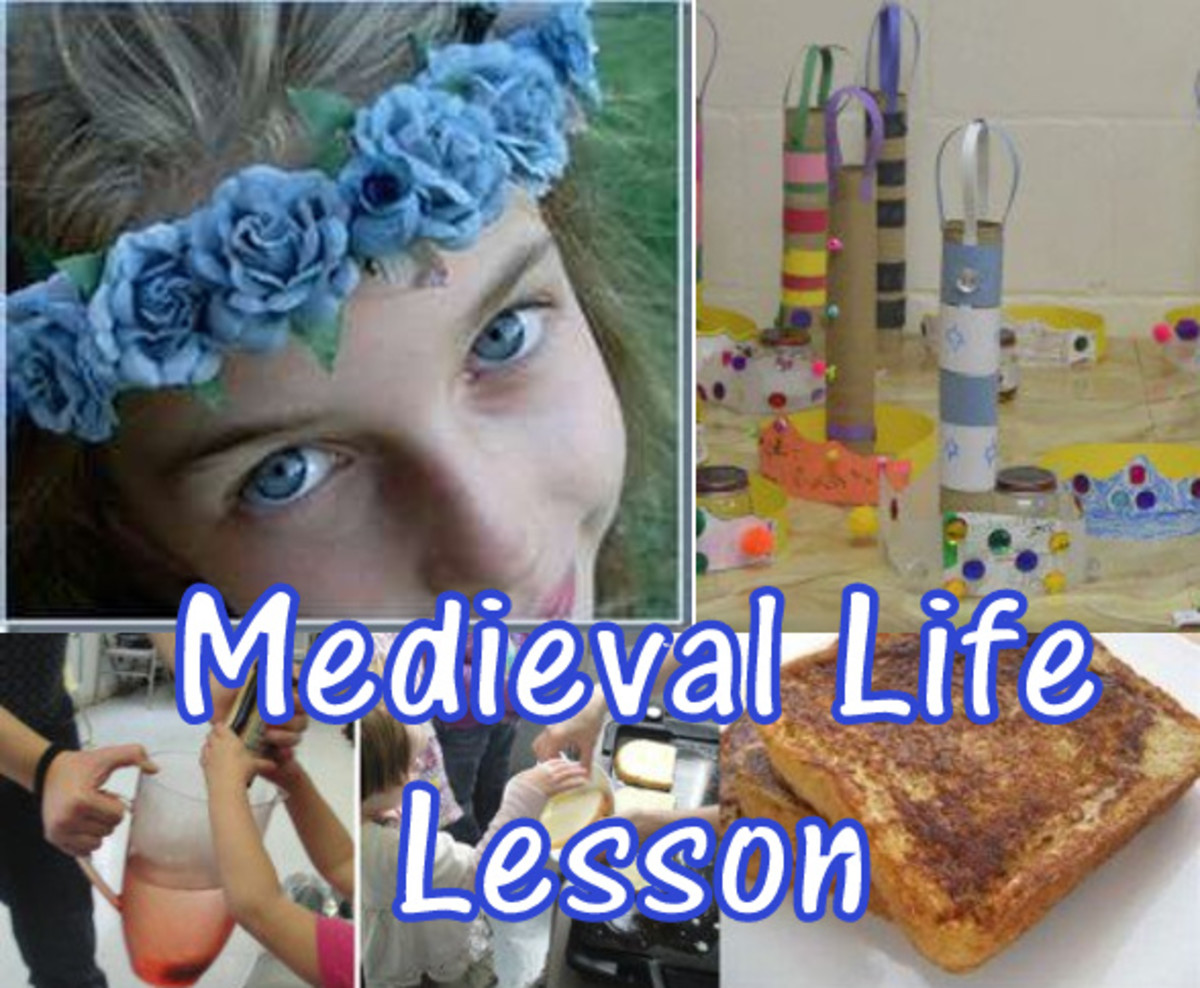What is Inclusive Practice in Teaching?
What is inclusive practice?
DEFINITION
Inclusive practice is a teaching approach that recognise the diversity of students as a resource and promote integration, enabling all students to access the course content, participate in course activities, benefit from the course resources, take part in the learnin process and be assessed based on their special needs.
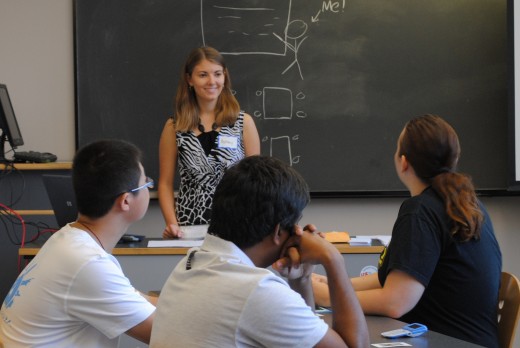
When promoting inclusion a teacher should consider all the learners special needs and adapt resources, teaching strategies and assessment methods to meet those needs. As stated in the factssheets for academics (2013)
“Students have a legal right to teaching that does not discriminate against them on grounds of age, disability, ethnicity, gender reassignment, pregnancy or maternity, religion or belief, sex, or sexual orientation. Disabled students have a legal right to reasonable adjustments to ensure that their needs to access education are met.”
This means that the teacher should discouradge any kind of discrimination in the classroom in order to make all the learner feel comfortable and facilitate the learning process. This means also encouraging interaction, for example paying attention in placing always different learners in different groups during group activities and make sure nobody get excluded. A teacher should always consider this approach in every situation: some special needs may be more evident (such as phisical disabilities or vision and hearing disabilities) but there are so many other special need that a learner could have and the teacher should always try to find out which are the best resources, teaching strategies and assessment methods to facilitate the learning process. A teacher should then be willing to research and study any new special need she hasn’t faced before, in order to allow everybody to access a course and be able to achieve their goals.

Test your knowledge!
view quiz statisticsCase Study: How would a teacher promote inclusive practice in a classroom with a EAL learner, a learner with dyslexia, a learner who receive learner’s support a
Considering the scenario, a teacher should start to reflect on the individual additional needs of each one of these learners and try to achieve inclusive practice in the best way possible. First of all the teacher should start making some researches about the learner’s special needs because it’s possible that it’s the first time the teacher had to face these kind of additional needs so they want to research and find out as much as possible about EAL, dyslexia, learner’s support and disruptive tendencies in order to give the learners the best additional support. Once they know as much as possible about these special need, the teacher has to consider these learners one by one and think if there is any way they can facilitate the learning process for them. So considering these learners one by one:
- the EAL learner could have some difficulties in understanding, express themselves in English as well as participating in a group discussion. The effect of this could be, for the EAL learner, exclusion from the group that could develop in not participating in group activities or even worse it could develop in disruptive behaviour. There are many things a teacher can plan to avoid this to happen. First of all a teacher should consider that for a EAL learner the visual impact is very important because as they cannot base their learning and understanding just on the listening (as they may not understand completely), they may find useful reading on power point slides what the teacher is explaining to the class. In the same way, during a group discussion, it may be useful for the teacher to write on a board the key points of the discussion, in order for the EAL learner to be able to take notes correctly and understand the key points of the discussion and maybe be able to participate without being worried to say something out of place. Regarding the assessment the teacher could maybe let them write the essay in their own language if possible, if not the teacher may be able to assess the EAL learner with a discussion about the subject if the learner find writing an essay too hard.
- The learner with dyslexia could have difficoulties in reading and writing correctly and they could be embarrassed about public speaking or reading. One main difficulty dyslexic learner have it’s also with listening and procesing the spoken words into concepts. To facilitate the learning process a teacher should try and formulate simple sentences taking some pauses between one concept and the following one, giving the dyslexic learner some thinking time. Using images as well as words in power point slides can also facilitate the understanding of a concept, as for a dyslexic learner remembering an image connected to a concept is much easier than remembering words alone. To facilitate the reading a teacher should also consider to print the handouts on a different colour paper, as dyslexic learner find easier reading on a coloured background as yellow than jus on a simple white background. The learner with dyslexia may not need special assessment methods but the teacher should maybe give them the option of having a discussion instead of writing an essay, or writing on a different colour paper. A teacher should also remember to give this learner more thinking time during the question/answer assessment as well and formulate the question in a very simple way and not very articoulate.
- For the learner who receive learner’s support the question is different and more complicated, as the teacher doesn’t know exactly what kind of support she is going to face so they should try and understand, once they meet the learner, what kind of difficoulties they could have. In order to be ready the teacher should try and imagine different scenario in case of different support needed. The learner could have mobility problems, so the teacher should check the building and make sure there is wheelchair access. The learner could have hearing problems so using power point slides with written content and setting up a board to write on, while explaining to the class, could be useful. The teacher should also think of different kind of assessment methods and resources they may need, so planning a variety of different types of assessment for the lesson could be useful for the teacher to face the learners needs.
- There are things the teacher can do to manage the behaviour of the learner with disruprive tendencies. The best thing to do is to try and engage the disruptive learner from the beginning of the lesson: little things like eye contact and aknowledge their comments could be very useful in order to give the learner the attention needed. The teacher should also try and involve the disruptive learner actively in different activities, as if the learner is engaged and busy they won’t have chance to be disruptive. Regarding the assessment methods it may be useful to engage this learner in question/answer or group activities instead of long refletive writing that could cause the learner to get bored and be disruptive.



